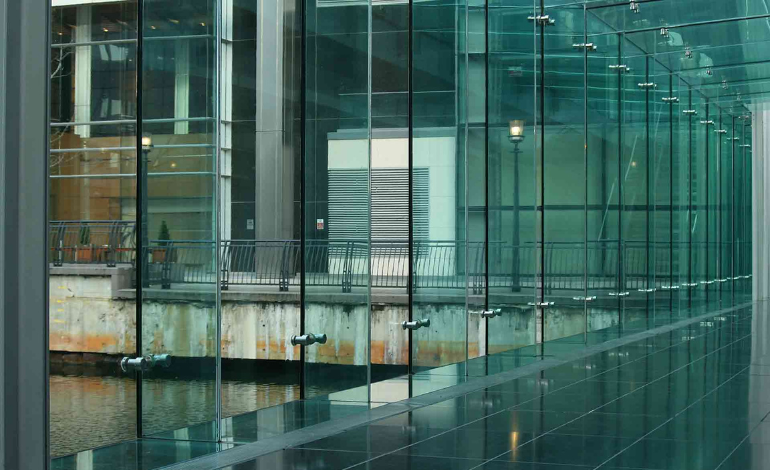
Tempered glass is not only renowned for its enhanced strength and safety features but also for its versatility in various applications. Its resistance to thermal stress makes it an ideal choice for environments with fluctuating temperatures, ensuring durability in challenging conditions.
Additionally, the tempered glass’s optical clarity remains uncompromised, providing a crystal-clear view while maintaining its robust qualities. Whether used in architectural structures, automotive applications, or electronic devices, tempered glass stands as a reliable and resilient solution for modern glass trading needs.
Tempered glass stands out for its exceptional strength, being about four times stronger than regular glass. It provides heightened safety by breaking into small, blunt pieces if shattered, reducing the risk of injury. With impressive scratch and impact resistance, tempered glass ensures durability and low maintenance. Additionally, the tempering process is environmentally friendly, aligning with sustainability goals.


Discover the unique features and benefits that make tempered glass a standout choice for safety and durability. If you have questions about its strength, safety properties, or ideal applications, find quick answers below.
Tempered glass undergoes a specialized heating and rapid cooling process, creating internal stresses that enhance its strength significantly.
In the event of breakage, tempered glass shatters into small, blunt pieces, minimizing the risk of injury compared to sharp shards from regular glass.
Yes, tempered glass is versatile and finds widespread use in diverse applications, including architectural structures, automotive components, and electronic devices, where both strength and safety are crucial.